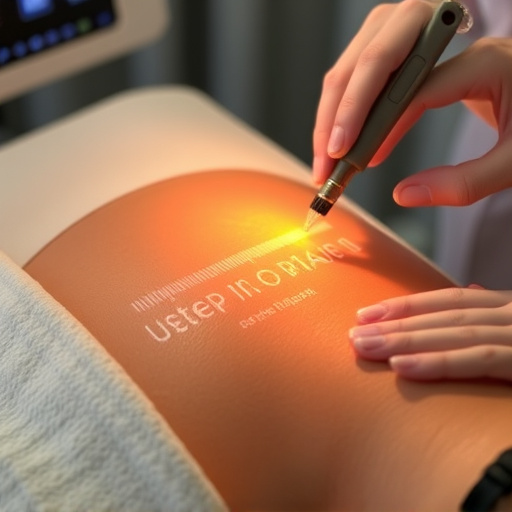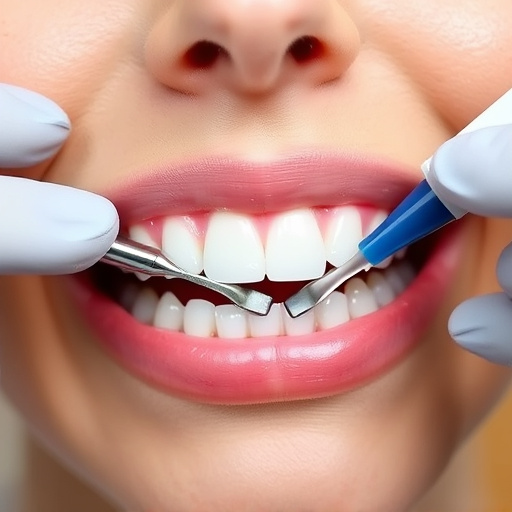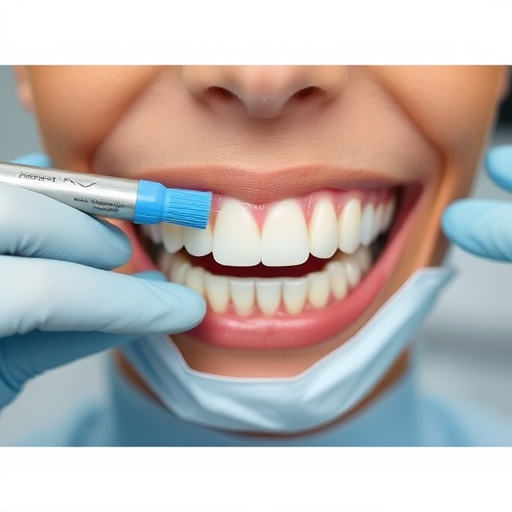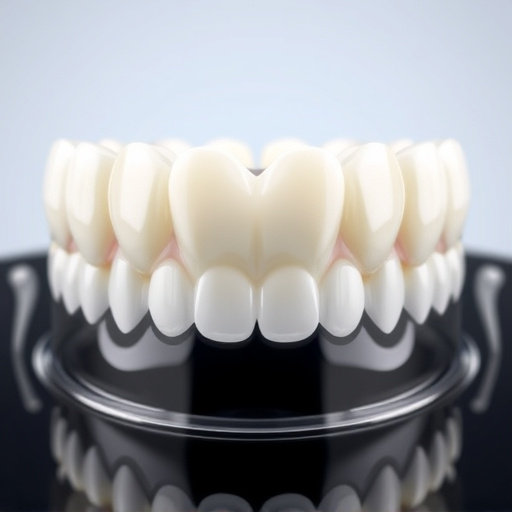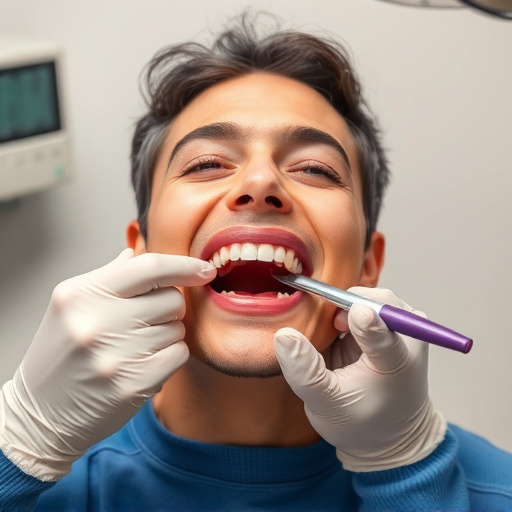Handicap accessible dental care specializes in providing tailored oral health services for individuals with physical or developmental disabilities. This includes adaptive techniques and specialized tools to address unique challenges like limited mobility and sensory impairments. Effective training for dental teams is crucial, covering both technical skills and sensitive communication strategies. The goal is to create welcoming environments, improve access, and ensure better oral health outcomes for patients with special needs by overcoming challenges related to facility adaptations and staff training.
In today’s inclusive society, ensuring everyone receives quality dental care is paramount. This is especially true for individuals with special needs, who often face unique challenges in accessing traditional dental services. “Handicap Accessible Dental Teams Trained for Special Needs” explores the growing importance of specialized dental teams equipped to provide comprehensive care. We delve into strategies for effective training, uncover benefits and challenges within inclusive dentistry, and highlight the transformative impact these teams have on the oral health and well-being of people with diverse abilities.
- Understanding Handicap Accessible Dental Care
- Training Special Needs Dental Teams Effectively
- Benefits and Challenges in Inclusive Dentistry
Understanding Handicap Accessible Dental Care

Handicap accessible dental care is a specialized field that ensures individuals with physical or developmental disabilities receive high-quality oral health services tailored to their unique needs. This approach recognizes that traditional dental practices may not accommodate the specific challenges faced by those with special needs, such as limited mobility, sensory impairments, or cognitive differences. By creating handicap accessible environments and employing adaptive techniques, dental teams can provide comprehensive care, including routine oral exams, dental cleanings, fillings, crowns, and even advanced procedures like dental implants and bonding.
The training involves learning specific communication methods, adapting equipment for accessibility, and utilizing tools designed to minimize discomfort or anxiety during dental procedures. This enables dental professionals to offer a more inclusive and comforting experience, addressing not just the physical aspects of oral health but also the emotional well-being of their patients. Such tailored care is crucial in promoting good oral hygiene and overall health among individuals who may have previously avoided dental visits due to barriers related to accessibility.
Training Special Needs Dental Teams Effectively
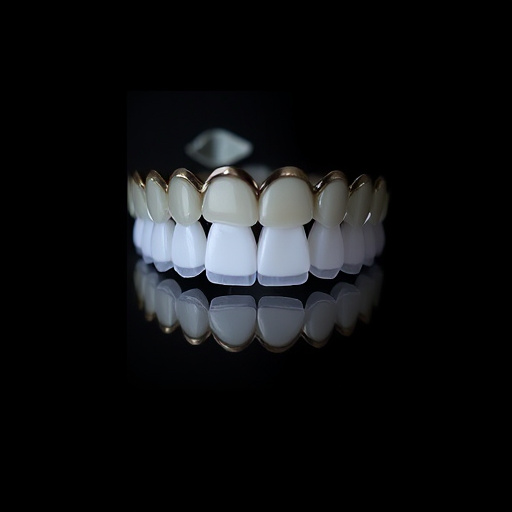
Effective training is paramount when it comes to creating handicap accessible dental teams. These specialized teams require a unique blend of skills and knowledge to cater to patients with diverse special needs, including physical disabilities, sensory impairments, and cognitive disorders. Training should encompass not just technical aspects like administering anesthesia or performing specific procedures like wisdom tooth removal, but also soft skills such as effective communication strategies for children’s dentistry.
The process must involve role-playing scenarios, simulations, and regular workshops to prepare dental professionals for the challenges they may face. By focusing on both clinical expertise and empathetic patient interaction, these teams can ensure a comfortable and accessible environment for all patients, addressing concerns related to dental fillings or any other procedure with sensitivity and care.
Benefits and Challenges in Inclusive Dentistry

Inclusive dentistry aims to create a welcoming and comfortable environment for patients with special needs, including those with disabilities. By training dental teams to cater to a diverse range of requirements, handicap accessible dental practices offer numerous benefits. One of the key advantages is improved patient access and satisfaction. When dental professionals are equipped to handle various special needs, such as mobility issues, sensory sensitivities, or cognitive challenges, it ensures that individuals who might otherwise avoid dental care can receive necessary treatments. This accessibility promotes better oral health outcomes for all patients, regardless of their abilities.
However, there are challenges to implementing inclusive dentistry. Dental bonding, tooth extractions, and dental fillings may require specialized techniques when dealing with handicap accessible patients. Adapting existing facilities, acquiring appropriate equipment, and investing in staff training are significant steps toward creating an inclusive setting. Moreover, some special needs may necessitate additional time and resources during procedures, requiring dental teams to manage their schedules efficiently. Despite these challenges, the benefits of inclusive dentistry far outweigh the obstacles, fostering a more equitable and accessible healthcare system for everyone, including those with disabilities.
Handicap accessible dental care is not just a service; it’s a crucial step towards ensuring equal oral health for all. By training special needs dental teams effectively, we can overcome challenges and harness the benefits of inclusive dentistry. This includes improved access to care, enhanced patient experiences, and a more diverse dental workforce. As we continue to navigate this evolving landscape, remember that every patient deserves compassionate, competent, and accessible dental care.
